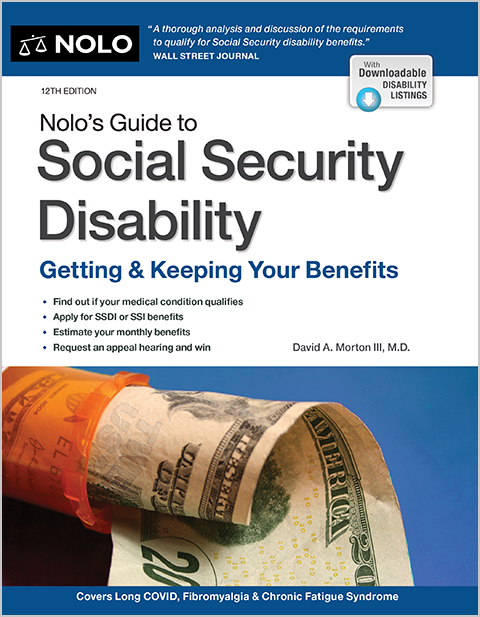Figuring out terms, preparing documents, and other crucial tasks involved in creating a reverse mortgage among family members.
Let's say you and perhaps other members of your family are interested in setting up a reverse mortgage loan for another family member. The most common scenario would be for children to do this on behalf of an elderly parent who owns a home but is short on cash.
There are many good reasons for creating an intrafamily reverse mortgage: You might want your homeowning family member to be able to sidestep institutional lenders, avoid their high fees and stringent eligibility requirements, and instead enjoy dealing with a lender who offers flexibility rather than stringent rule enforcement. You will also be creating a solid, safe investment for you and your siblings or other fellow family lenders, in which the equity your parents built up in their home never leaves the family.
In fact, unlike with an ordinary reverse mortgage, the home need not be sold upon the owner's death in order to pay off the loan. Your family might decide to keep the home in the family and defer collecting on the loan.
What steps would be involved in setting up such an arrangement? The main ones are:
- agreeing to the terms of the loan
- figuring out a projected schedule for loan disbursements, and
- preparing and registering legally binding documentation of the loan.
These are explained further below.
Agreeing to Terms of Intrafamily Reverse Mortgage Loan
Despite the fact that, as a family lender, you can offer flexible lending terms, you still want to figure out what those terms are and commit them to paper. (Memories can fade, leading to misunderstandings and disagreements.)
Important terms, as with a regular reverse mortgage, will include the amount of the loan and the interest rate at which the loan will ultimately be paid off. This amount can be lower than the homeowner would pay to a bank or institutional reverse mortgage lender, but high enough to make this a good investment for the person or households making the loan.
U.S. tax law will play a role in the interest rate you choose. The family lender will want to make sure the interest rate meets or exceeds the IRS Applicable Federal Rate; at whatever percentage was in effect at the time the first disbursement is made; or be ready to report annual imputed interest earnings on any uncollected interest amounts. This is explained in How Much Interest to Charge on Home Loan to Family Member.
Creating Schedule for Disbursing Loan Money
What makes more sense for the elder homeowner—to receive payments in the form of cash (a single lump sum), monthly payments, a line of credit to draw on if and when needed, or some combination of those? A popular option is to start with a good-size lump sum and then switch to monthly payments. You can even build in an annual cost-of-living adjustment to the disbursement amount.
(Again, pay attention to tax law; you'll need to make sure the lender reports imputed interest even during periods when the loan isn't being paid back.)
You'll also want to consider what happens if an emergency comes up and the elder person needs extra cash. To deal with this, you might add a provision allowing for requests of lump sums.
If more than one lender will be contributing (siblings, perhaps), you'll also need to figure out who will put in how much, and when.
Creating and Registering Mortgage Documents
Once you and your family (or friends) have settled on your loan terms, it's time to make the arrangement legally binding. This involves two crucial components:
- a promissory note, and
- a mortgage/deed of trust.
In the promissory note, the borrower promises to repay the lender, and expresses agreement to the loan amount and repayment terms.
The mortgage or deed of trust is what you'll record with a county or local government office to make official the lenders' rights to claim the property as collateral if a default occurs. (No, you wouldn't want to foreclose on Mom—but you wouldn't want to be at the end of the line if others do so first, either—and without formally recording the mortgage, the end of the line is just where you'd end up.)
These are complex documents, so you'd be wise to have an attorney prepare or at least review the promissory note and mortgage/deed of trust to ensure they comply with state requirements.
National Family Mortgage (NFM) has also created a joint-lender agreement, useful for situations where multiple lenders are involved. It explains each party's rights and responsibilities, which might not be exactly alike, particularly if one person will be lending more than another. It also allows different family member to have distinct, individual liens (in first position, second position, and so on.)
Tracking Loan Disbursements and Accumulation of Interest
The documentation requirements don't end after the loan is made. Particularly because of the IRS's required interest component (described above), proper tracking of the loan disbursements and the accumulation of interest is very important.
Once you have set the loan up, the important tasks will be for both borrower and mortgage lender to comply with its terms, track the disbursements over time, and appropriately account for it at tax time. This is all quite do-able, but your safest bet might be to hire an attorney or other financial professional to help you.
The lender should track and document cash disbursements through an accounting ledger with notes, copies of receipts, and/or banking statements, to ensure they can defend the right to the eventual principal repayment. (How else will one prove having actually disbursed any money?)
Talk to a Tax Attorney
Need a lawyer? Start here.
How it Works
- Briefly tell us about your case
- Provide your contact information
- Choose attorneys to contact you
- Briefly tell us about your case
- Provide your contact information
- Choose attorneys to contact you


